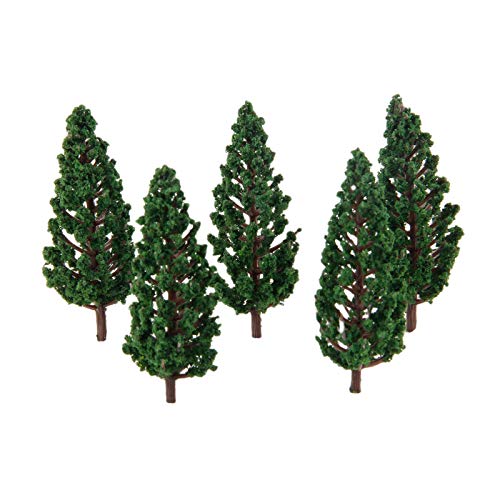On an off hand thought -
Would it be possible if enough water was flooding the tracks for the train and its cars to hydroplane off the rails ?
Thus flipping some of the cars into the ditch next to the tracks.
Hydroplaning of automobiles on rain swollen roadways happens frequently - even heavy trucks are not immune -
so what about the possibility of this happening to train cars ?
Wheel flanges and the sheer weight of railcars would make hydroplaning essentially impossible.
























































